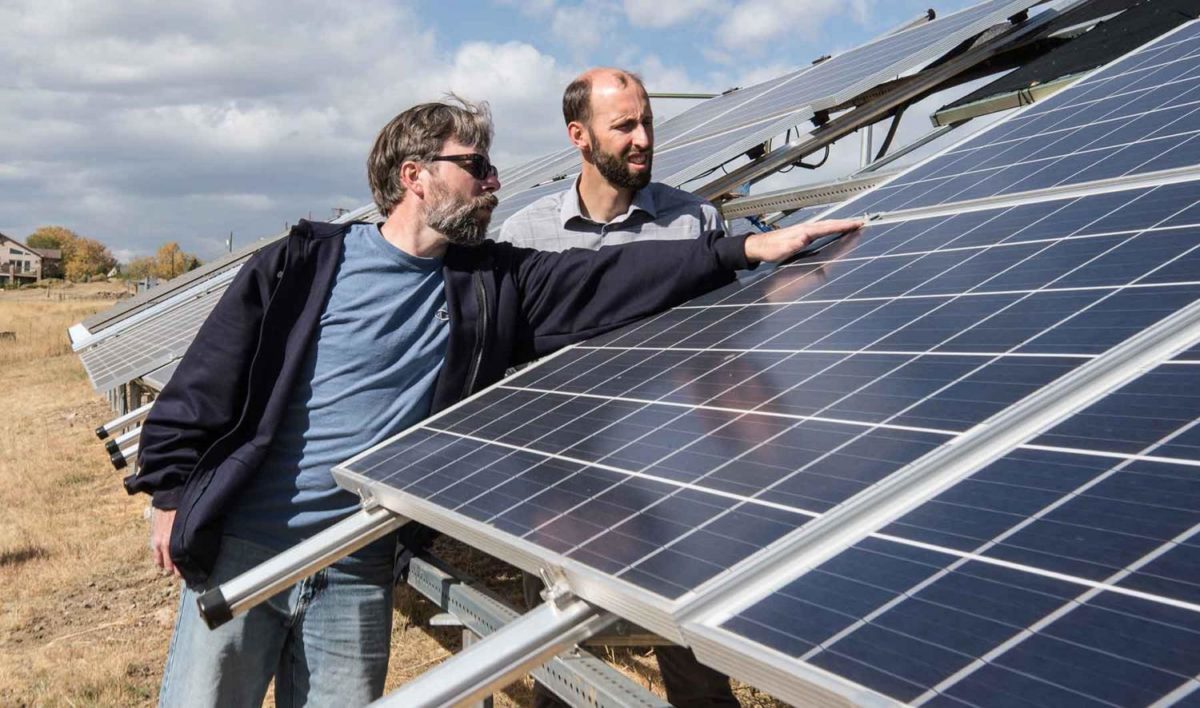svetz
Works in theory! Practice? That's something else
We've talked about water cooled panels, but this video indicates the economics for air-cooling panels is favorable.
Unfortunately, it's not exhaustive at all angles letting it run 24x7 - so it's not clear how economical it was. The bit about increasing the longevity of the panels was interesting too, need to investigate that more. Adding the heat spreads seems like a good idea.
I've always wondered if a passive arrangement to funnel breeze wouldn't be good and low-cost, but hurricane-force winds funneled under there would be scary.
Possibly a clever flap system that closes?
Unfortunately, it's not exhaustive at all angles letting it run 24x7 - so it's not clear how economical it was. The bit about increasing the longevity of the panels was interesting too, need to investigate that more. Adding the heat spreads seems like a good idea.
I've always wondered if a passive arrangement to funnel breeze wouldn't be good and low-cost, but hurricane-force winds funneled under there would be scary.
Possibly a clever flap system that closes?
Last edited:



